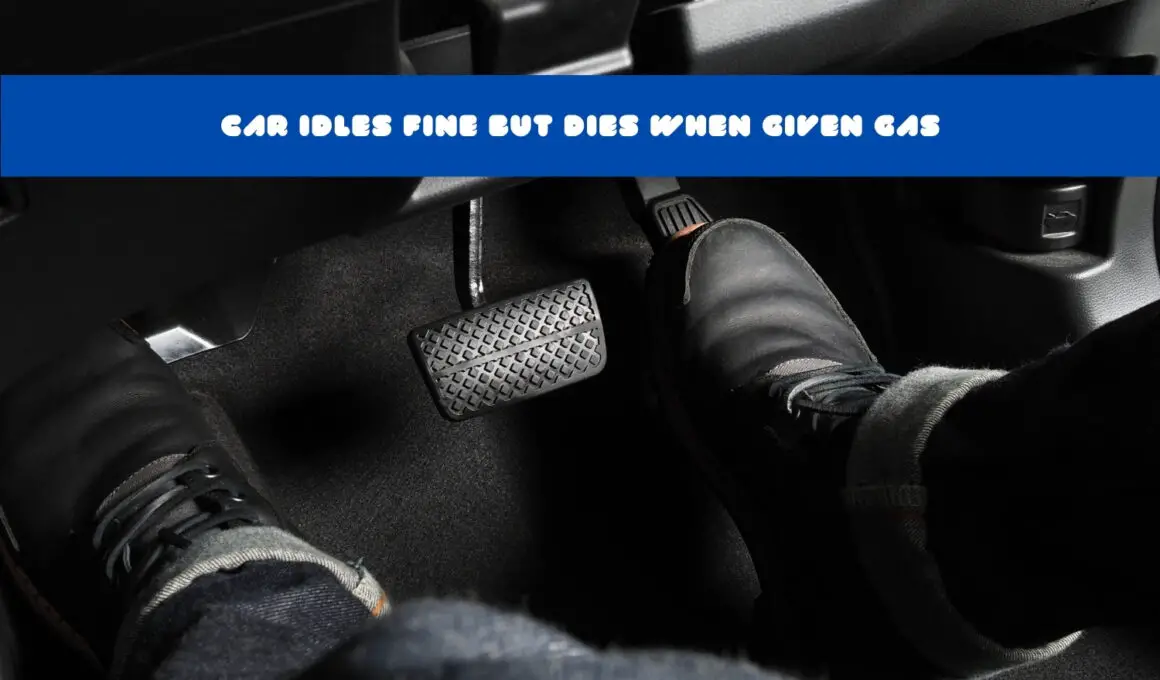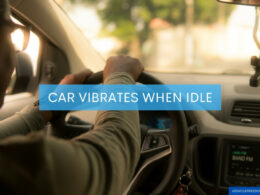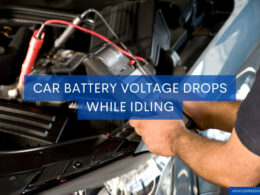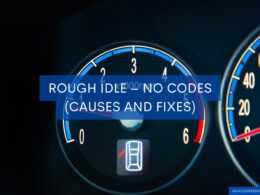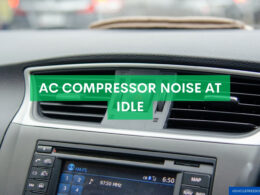In This Article Show
There’s nothing more frustrating than experiencing a car that idles perfectly but dies as soon as you touch the gas pedal. This issue affects your vehicle’s performance and can pose a significant risk to your safety while driving.
Clogged filters, a malfunctioning air control valve, a dirty throttle bore, a bad carburetor, vacuum leaks, a faulty EGR valve, a bad gasket, fuel pump issues, or malfunctioning spark plugs are the major issues that cause a car to stall when given gas.
In this guide, we’ll help you resolve this problem effectively by analyzing the top 10 most common causes and their respective solutions for car idle issues.
Car Idles Fine But Dies When Given Gas [10 Causes and Fixes ]
Car dying on taking gas is one of the most worrisome and problematic issues faced by car owners. Here’s a list of 10 major causes of car stalling and their respective solutions:
1. Clogged Filters (Air and Fuel)
Air and fuel are the main ingredients for combustion. Their clean supply is maintained by air and fuel filters, which keep contaminants and debris out of your engine.
Over time, these filters get dirtier and restrict the flow of air and fuel to the engine. When this happens, your engine struggles to maintain power when you press the gas pedal.
Solution: Regularly inspect both air and fuel filters, following your vehicle manufacturer’s recommended maintenance schedule. A good practice is changing them every 12,000 to 15,000 miles.
2. Malfunctioning Air Control Valve
The air control valve, or the idle air control valve, regulates the engine’s air entering during idle.
If it malfunctions, it may not adjust the air supply properly when the pedal is pressed, causing the engine to stall. For instance, if the valve is blocked, no air enters the engine after your press the pedal, causing it to stall.
Solution: You can fix this problem by cleaning the air control valve using a cleaner. If cleaning doesn’t resolve the issue, consider replacing the valve with a new one. And this job requires professional hands.
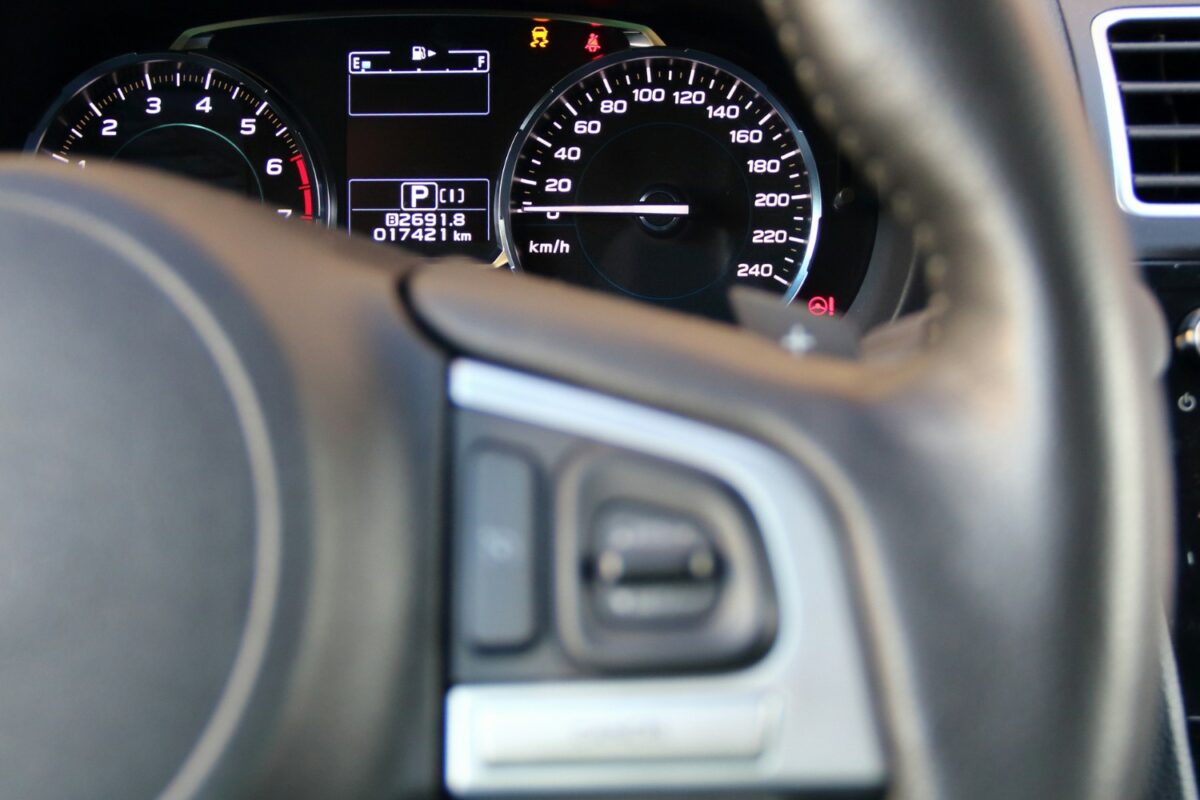
3. Bad Carburetor
Older cars had carburetors which created an air-fuel mixture for combustion. They have largely been replaced by fuel injectors.
However, a bad carburetor can cause stalling when you give it gas for vehicles with carbureted engines. This may be due to a clogged fuel jet, an improperly adjusted float, or a worn-out throttle shaft.
Solution: Locate the carburetor under the hood and inspect it. If it looks greasy and dirty, clean it using a carburetor cleaner available on the market. If the problem persists, you may need to rebuild or replace the carburetor.
4. Problem with Throttle Bore
The throttle bore, or throttle body controls the flow of air into the engine. Over time, it can become filthy, causing insufficient airflow and stalling your engine during acceleration.
Solution: Regularly inspect the throttle bore for dirt and debris. Clean it using a throttle body cleaner and a soft brush.
5. Vacuum Issues
Vacuum leaks can result in poor engine performance, including stalling when pressuring the gas pedal. These leaks can occur in vacuum lines, intake manifold gaskets, or throttle body gaskets.
Solution: Inspect all vacuum lines for cracks or damage, and replace any faulty lines or connectors. Also, check for leaks around the intake manifold and throttle body gaskets. Replace them if necessary.
6. Bad Airflow Sensor
The airflow sensor, technically speaking, the mass air flow (MAF) sensor, measures the amount of air entering your engine. It sends this information to your car’s ECU, which runs the engine accordingly.
If the sensor has turned bad, it would send incorrect data, causing your engine to stall when supplied with gas.
Solution: First, try cleaning the MAF sensor using a specialized MAF sensor cleaner. If cleaning doesn’t resolve the issue, consider replacing the sensor with a new one.
7. Faulty EGR Valve
The Exhaust Gas Recirculation (EGR) valve reduces emissions by recirculating exhaust gases back into the combustion chamber. A faulty EGR can cause poor engine performance and stalling when pressuring the gas pedal.
Solution: Begin by cleaning the EGR valve with a carbon cleaner to remove any built-up carbon deposits. If that doesn’t help, you may need to replace the EGR valve with a new one.
8. Bad Gasket
A bad gasket can also cause air or vacuum leaks, leading to poor engine performance and stalling. Usually, the main culprits are the intake manifold gasket and the throttle body gasket.
Solution: Inspect your engine for any signs of gasket leaks, such as oil seepage or coolant residue. If you find any damaged gaskets, replace them to resolve the issue.
9. Problem with the Fuel Pump
A malfunctioning fuel pump doesn’t supply enough fuel to your engine, causing it to die as soon as you press the pedal. This issue can arise due to a worn-out fuel pump, a faulty fuel pressure regulator, or a malfunctioning fuel pump relay.
Solution: To diagnose and fix this issue, start by checking the fuel pressure using a fuel pressure gauge. If the pressure is lower than the recommended range (4-7 bar), consider replacing the fuel pump or its related components, such as the fuel pressure regulator or fuel pump relay.
10. Malfunctioning Spark Plug
Spark initiates the combustion process inside the engine cylinder. The engine misfires and stalls if any spark plugs or ignitions are damaged or worn out.
Solution: First, take out your spark and see its condition, is it burned or gapped properly? If not, replace it with a new one.
By learning the ins and outs of these potential issues, you can make informed decisions and ensure that your vehicle remains in optimal condition.
Conclusion
A car idles fine but dies when given gas can be a perplexing and potentially hazardous issue. With the top 10 most common causes and corresponding solutions, you can confidently address the problem and ensure your vehicle’s optimal performance.
You can try these fixes by following proper tutorials for each problem listed. However, getting help from a professional with strong technical knowledge and repair skills is best.






